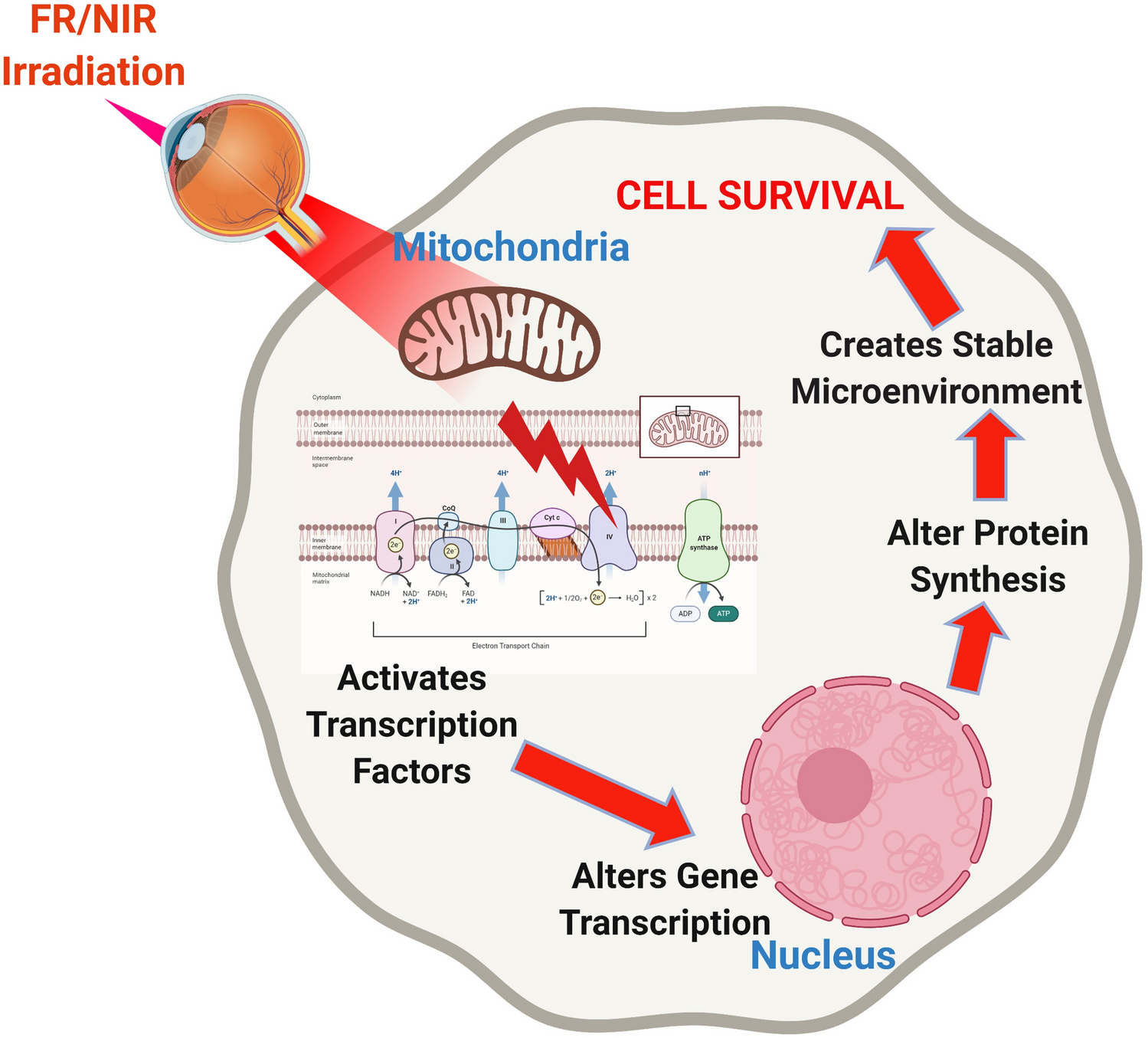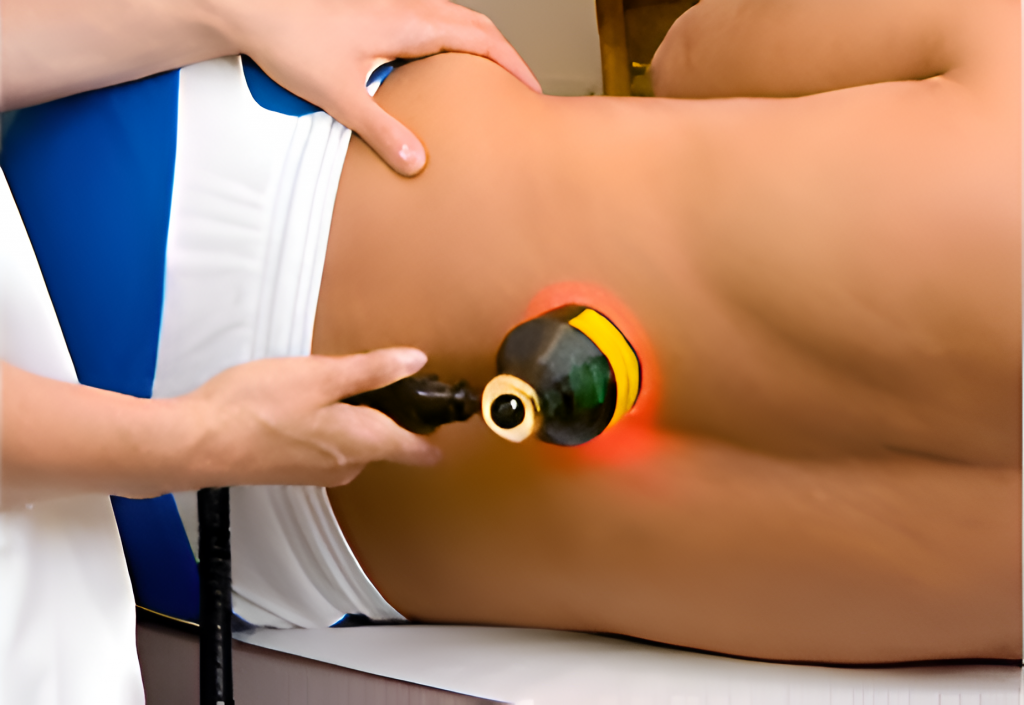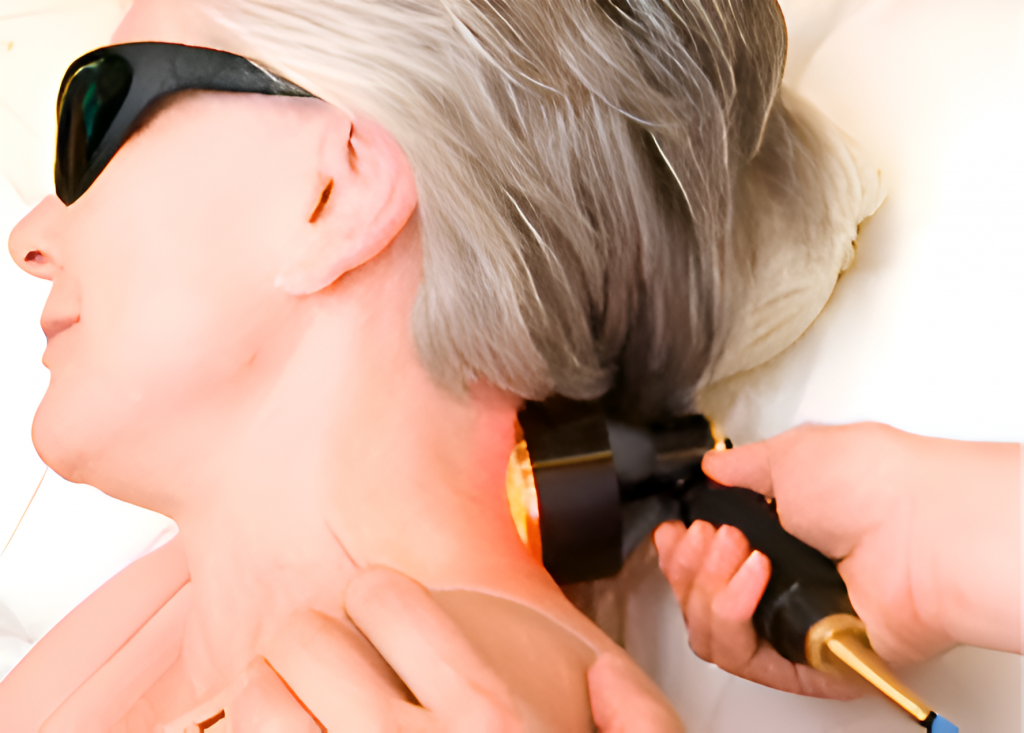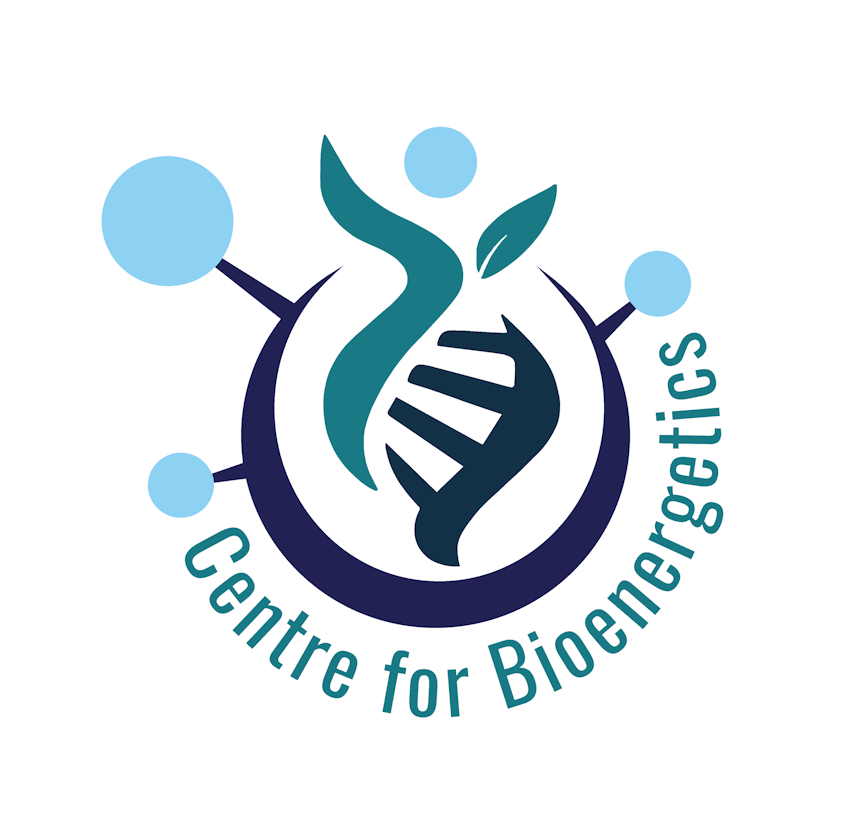Photobiomodulation Therapy
Harness the Light, Accelerate the Healing. Illuminate. Rejuvenate. Elevate.
Photobiomodulation (PBM) is a non-invasive medical treatment that uses light energy to stimulate cells and tissues, promoting healing and reducing inflammation. PBM is also known as low-level laser therapy (LLLT).
PBM most commonly uses red to near-infrared (NIR) light to improve bioenergetics and body health. PBM works by stimulating mitochondria to absorb light energy and convert it into ATP, which cells use for energy. PBM also has other bioenergetics effects, including:
- Creating mild oxidants
This process leads to gene transcription, which in turn leads to cellular repair and healing - Unclogging nitric oxide
PBM unclogs the chain that nitric oxide (NO) has clogged, and then releases NO back into the system. NO is a molecule that helps cells communicate with each other and dilates blood vessels. - Activating signalling pathways
Light stimulation of ion channels in neurons and mitochondrial cytochrome c oxidase activates signalling pathways. - Upregulating transcription factors
Light stimulation increases the expression of protective genes and upregulates transcription factors.


PBM, also known as low-level laser therapy (LLLT), can also help with:
- Pain relief
- Reducing inflammation
- Enhancing tissue repair and healing
- Accelerating wound healing
- Increasing circulation
- Restoring normal cellular function
PBM can thus be used to treat a variety of conditions, including:
- Injuries and diseases
PBM can treat injuries and diseases of the joints, connective tissues, bones, teeth, skin, muscles, and vasculature. - Brain disorders
PBM can be applied to the head to treat brain disorders such as dementia, Alzheimer’s, Parkinson’s, depression, anxiety, and post-traumatic stress disorder. - Muscle performance
PBM can improve acute muscle performance and reduce muscle damage after exercise. - Ulcers
PBM can be used to treat diabetic foot ulcers and chronic venous ulcers.

PBM works by using light-emitting diodes (LEDs) or low-level lasers to regulate biological processes. The light penetrates biological tissue within a specific range of wavelengths called the optical or therapeutic window.
PBM was first developed in the 1960s. Research in this area has attracted interest from specialist groups such as
NASA, the US Navy, and the UK military
